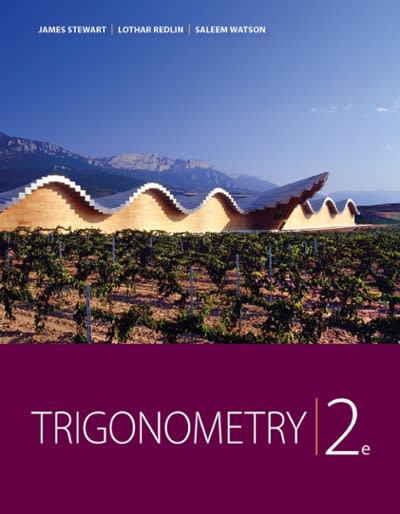Question 6 (15 points): An alloy production company must fulfill an order of 40 tons of a special alloy. The alloy must have 13% carbon and 7% nickel in its total weight. The alloy is produced by mixing four different types of metal: nickel ingots, scrap Bronze, and German Silver, and Rose Metal. Six nickel ingots can be purchased by the company. The weight, cost per ton, nickel and carbon content of each ingot are given in Table 3. Table 3- Data of Nickel Ingot Nickel Ingot Weight (in tons) Cost per ton ($) Nickel (%) Carbon (%) Type #1 10 2400 5 Type #2 8 1200 12 3 Type #3 2 11000 3 12 Type #4 9 380 11 15 Type #5 3400 9 4 Type #6 6 3100 14 9 Two types of scrap Bronze can be purchased by the company. The weight, cost per ton, nickel and carbon content of each type are given in Table 4. 5/8 Table 4- Data of scrap Bronze Scrap Bronze Weight (in tons) Cost per ton ($) Nickel (%) Carbon (%) Type #1 7 500 4 3 Type #2 9 1800 23 1 Three types of German Silver can be purchased by the company. The weight, cost per ton, nickel and carbon content of each type are given in Table 5. Table 5- Data of German Silver German Silver Weight (in tons) |Cost per ton ($) Nickel (%) Carbon (%) Type #1 11200 12 0 Type #2 5 11600 6 10 Three types of Rose Metal can be purchased by the company. The weight, cost per ton, nickel and carbon content of each type are given in Table 6. Table 6- Data of German Silver Rose Metal Weight (in tons) | Cost per ton ($) Nickel (%) Carbon (%) Type #1 2 1600 10 25 Type #2 15 900 8 12 Part a) Supposing that the above materials are available in continuous amounts, write a mathematical programming model to help the company fulfill the order while minimizing the total cost. (5 points) Part b) Suppose that Nickel ingots in Table 3 are available in batch, meaning that either the whole amount of a specific ingot will be used to manufacture the alloy or it will not be used at all (For example, either the whole 10 tones of ingot type 1 will be used or this ingot will not be used). All other material presented in Tables 4 to 6 are available in continuous amounts. How would you modify the mathematical programming model to address this new assumption? (4 points) Part C) How would you modify the model to ensure that if more than 5 tones of scrap Bronze type 1 is used, then less than 6 tones of scrap Bronze type 2 is used. (3 points) Part d) How would you modify the model to ensure that if any amount of German Silver type 1 is used, then no amount of German Silver type 2 is used. (3 points)







